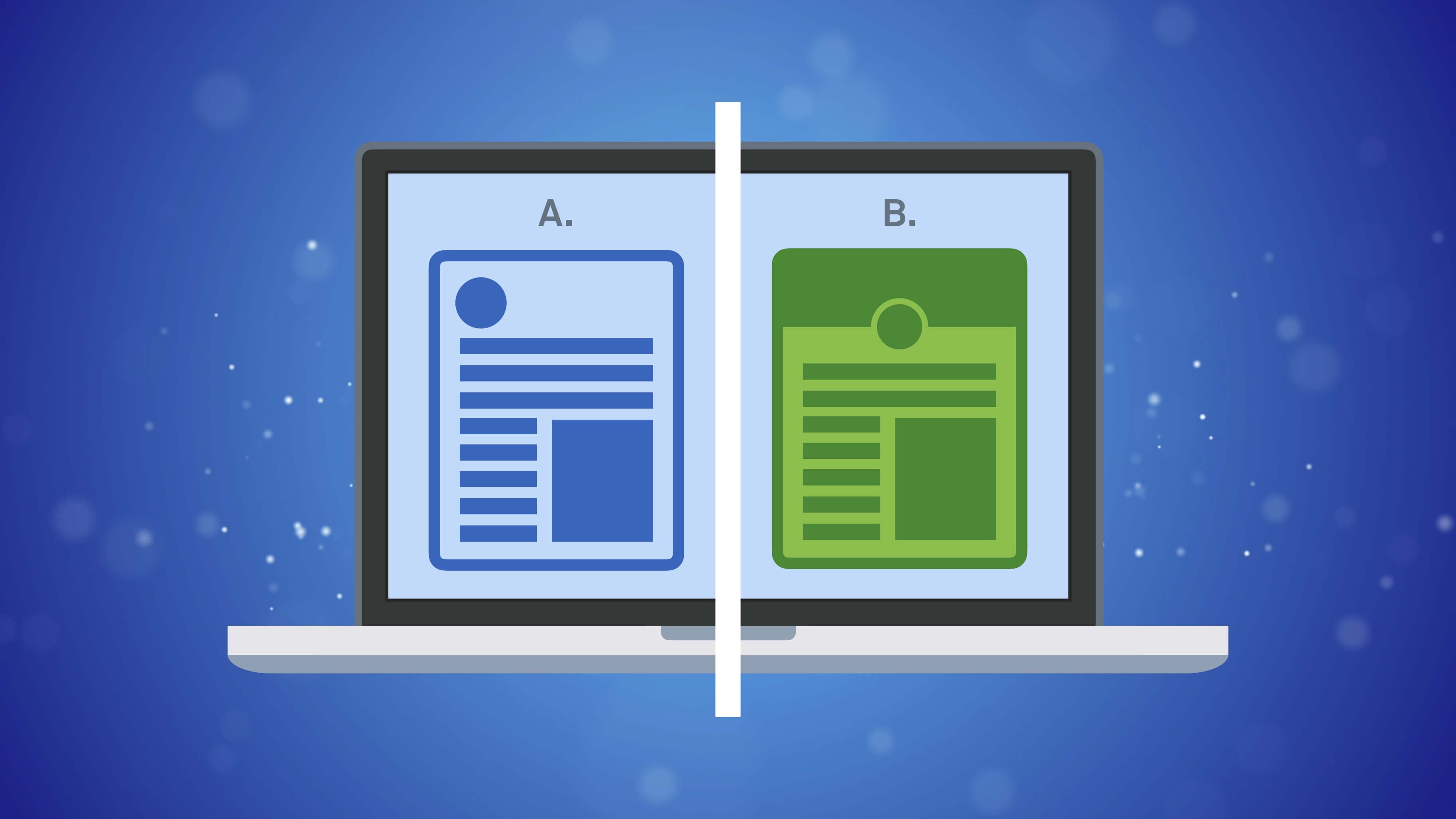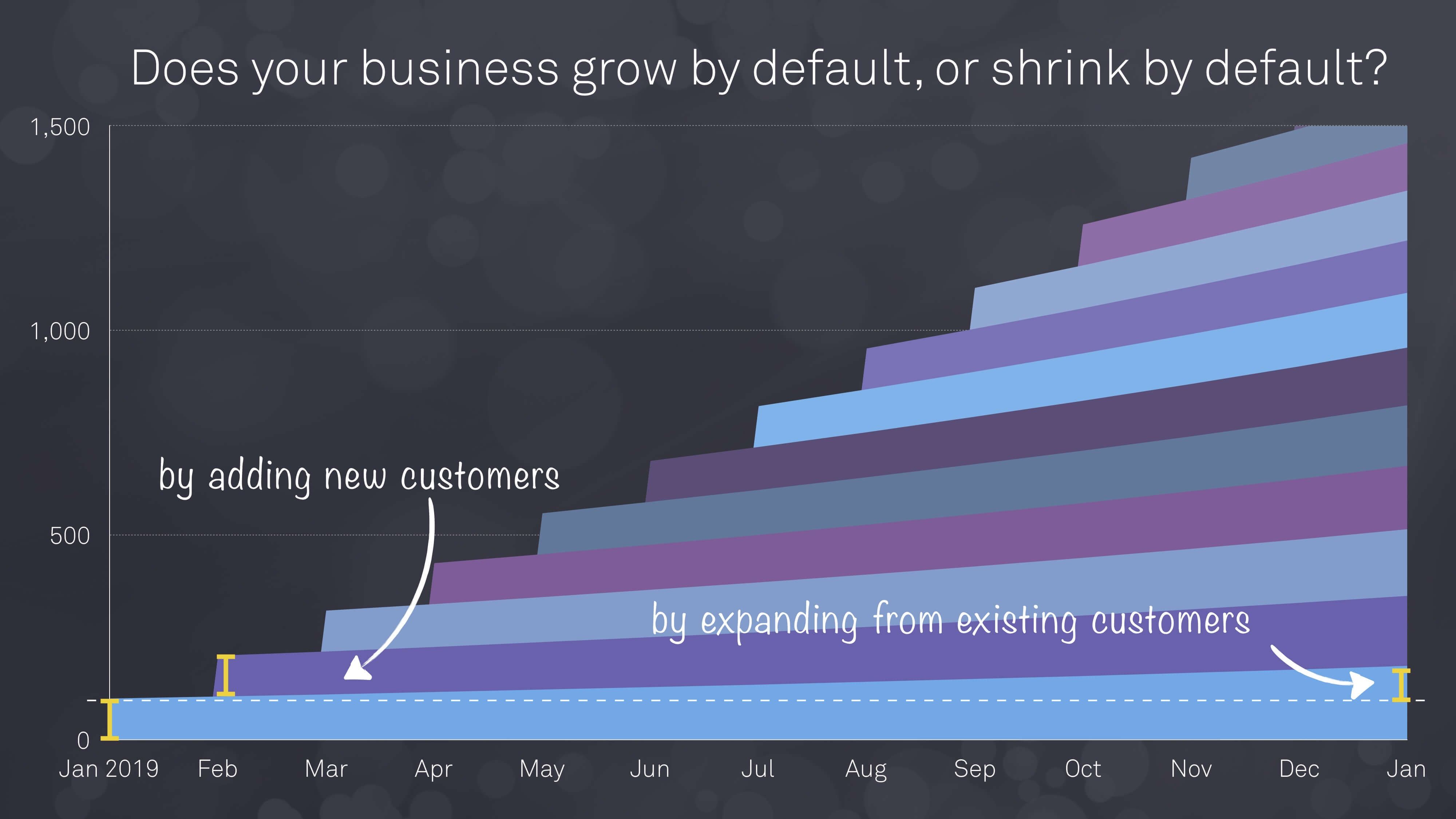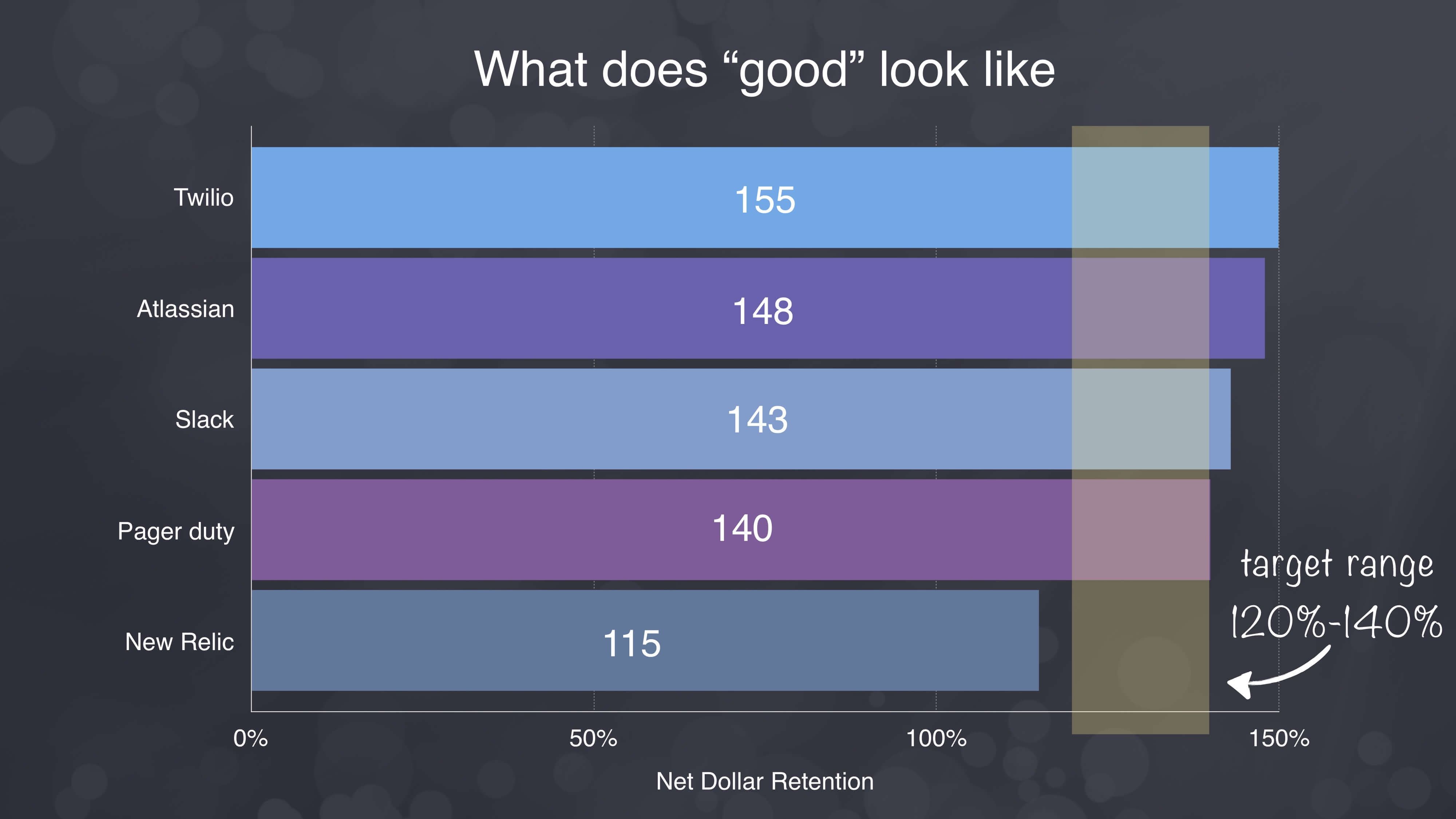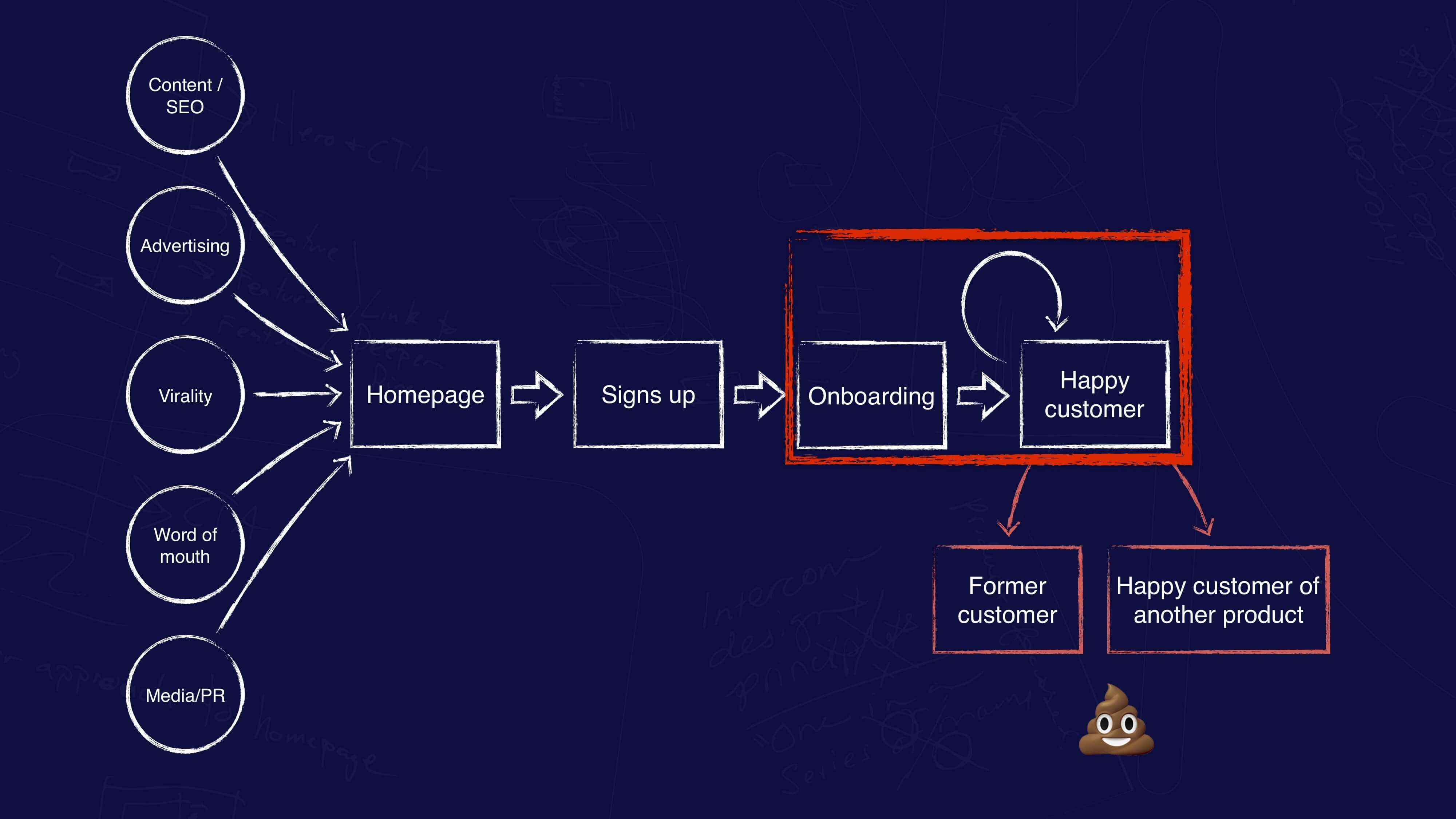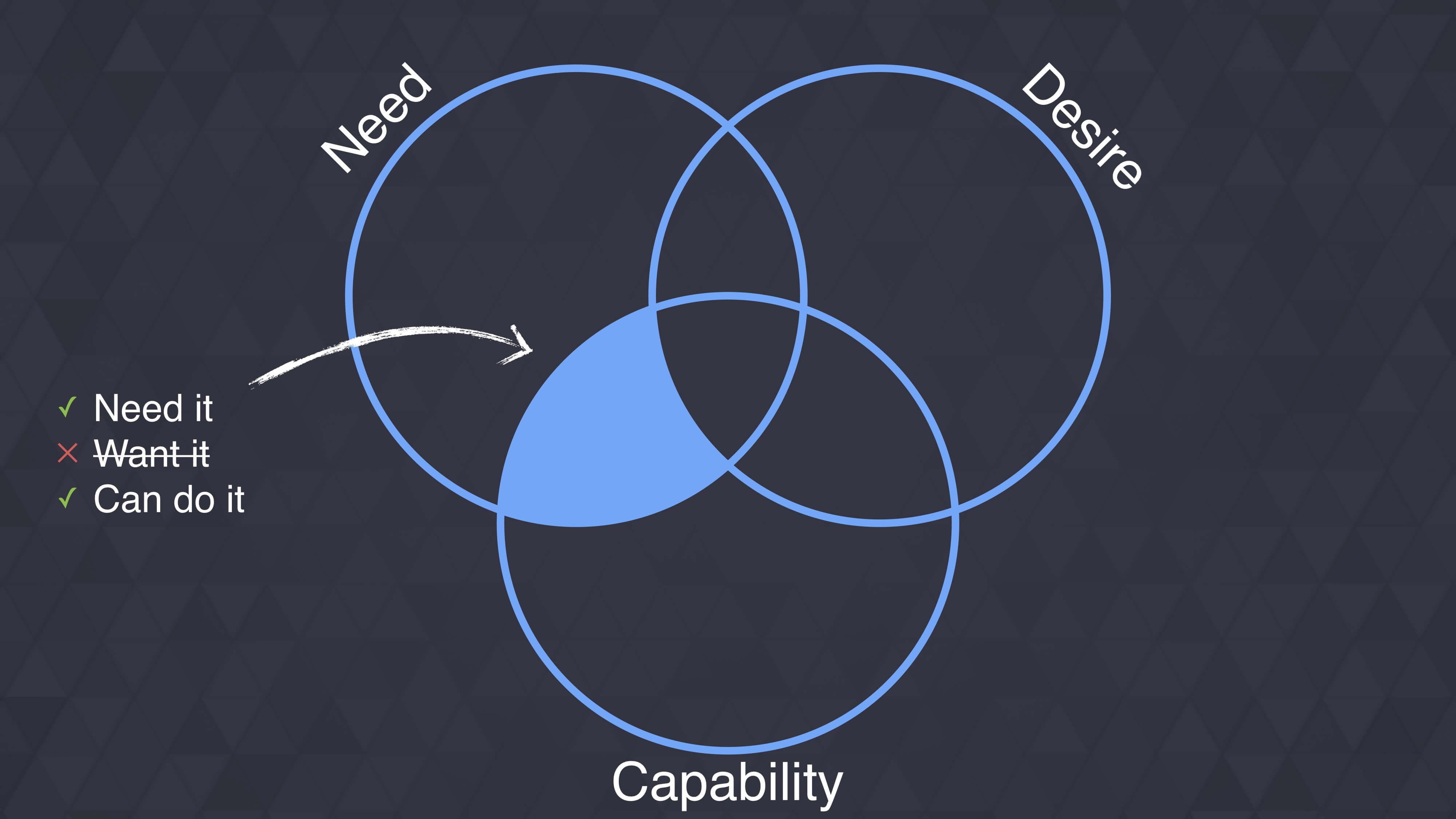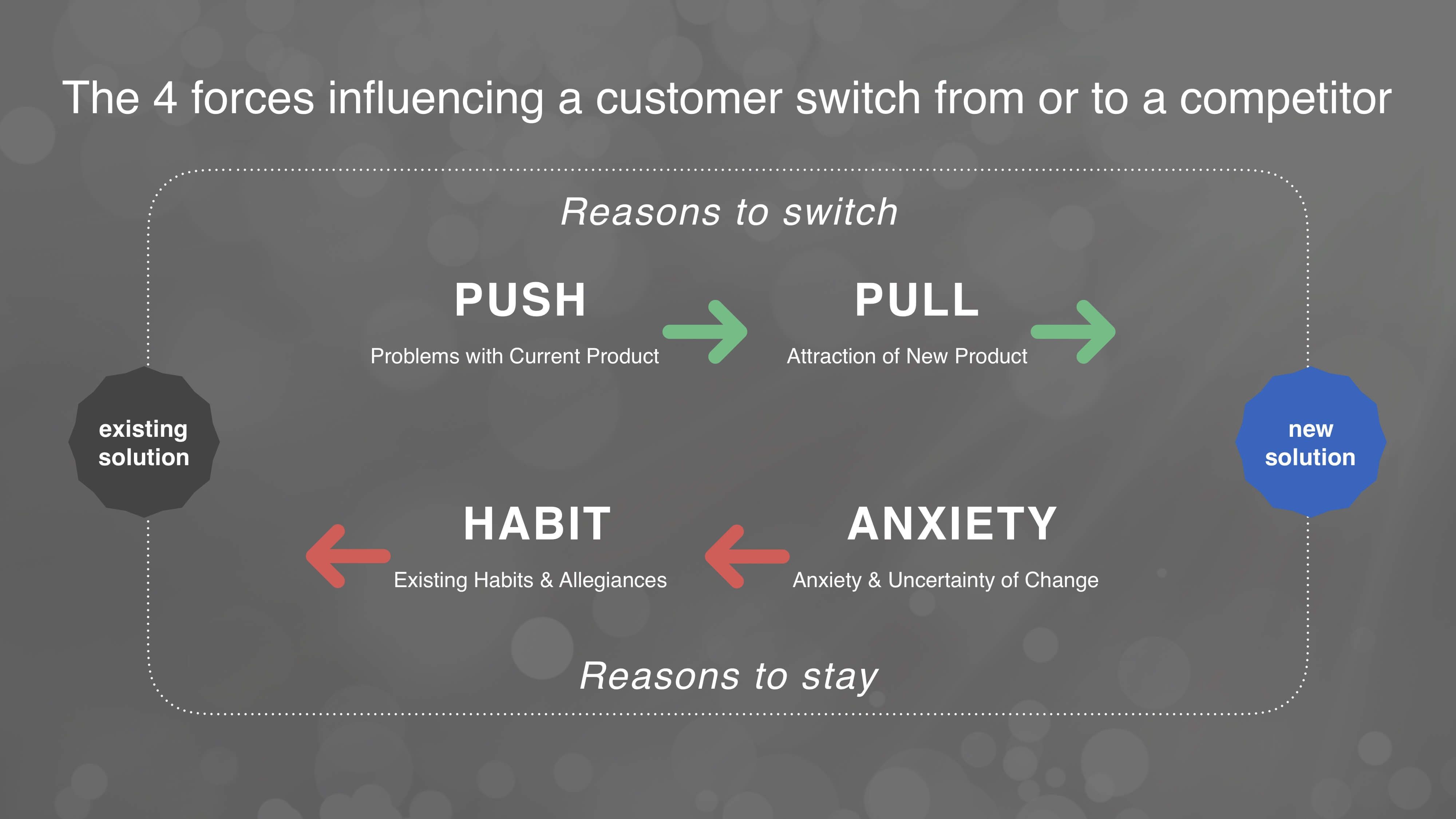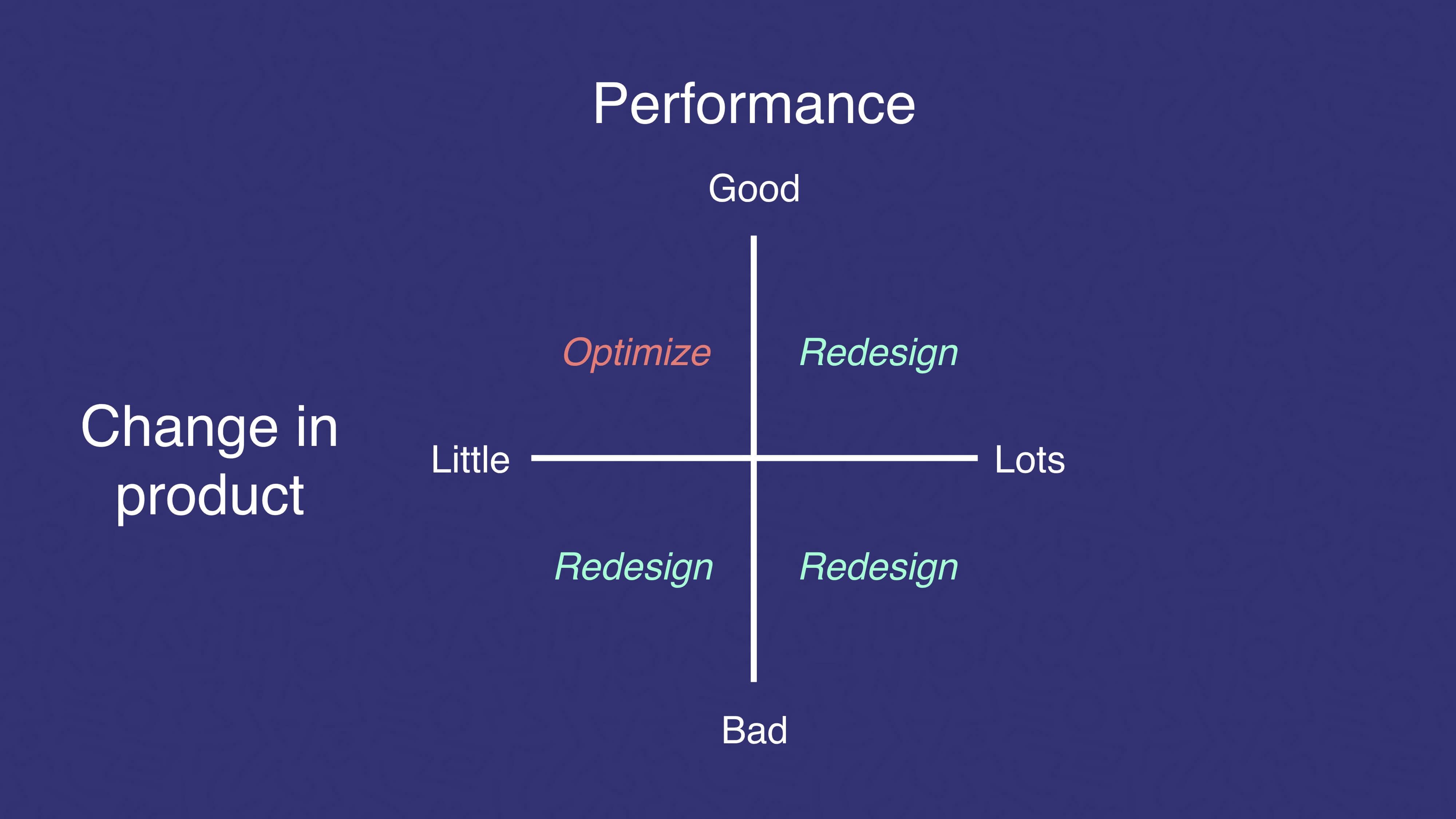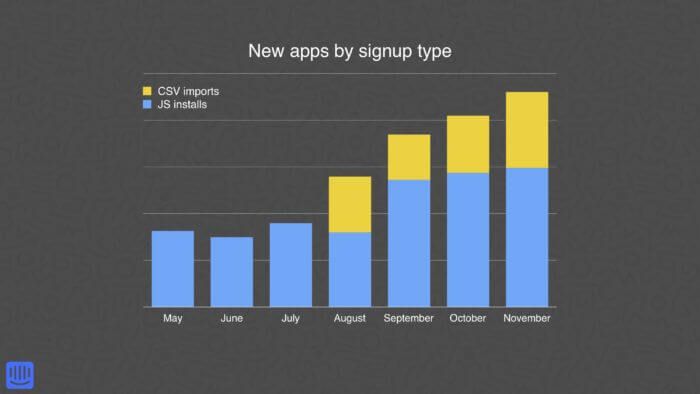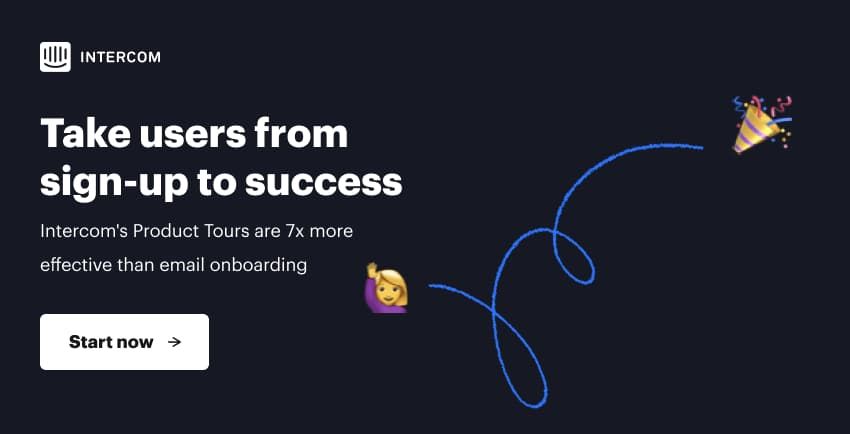Customer retention is the new conversion
The old world SaaS model was basically all about sign up and convert. The new SaaS model is subscription revenue-driven, which begs the question: what is a conversion today? After all, we don’t buy software these days; we subscribe to it.
At Web Summit 2019, I spoke about the new techniques that product owners and marketers will need to navigate the world of customer relationships. You can check out the video above or check out my full slide deck and blog post below.
It’s not just SaaS; subscriptions are taking over
It turns out that it’s not just us within the SaaS business that are realizing that retention matters. It’s happening everywhere; in fact, we’re seeing this happen in beauty, in lipstick, clothes, underwear, beards, meat, just things from Japan. And that’s not even the only one from Japan; there’s actually at least 18 different Japan subscription boxes. All of these services are literally things that you can get per month for $9, and they show up on your doorstep in a box.
This is what we’ve ended up in: a world of subscription everything.
And we’re seeing it across every weird walk of life. If there is a thing that you buy regularly, you can have it show up on your doorstep every month for $9 or equivalent. And that changes a lot: how we think about marketing, how we think about what our product is and how we think about what customer success actually is. The magic words that matter here are every month; we get this customer every month. And that’s different to the old world, where you get a customer once because they buy the thing once, and they’re done.
“Most importantly, subscription businesses enable you to think about marketing as a function of delivering customer success”
This shift moves us from brand promiscuity to brand loyalty. This idea that you now pick one razor blade manufacturer and you’re done. You never choose razor blades again. We go from chaotic revenue that we can’t easily predict to predictable revenue because we know that they’re going to keep coming back. It enables a world of “try before you buy” instead of the old world, where you buy the product and then find out if it’s any good – “buy before you try.” It turns a previously complex sales process into a simple sales processes with self-serve sign-up.
Most importantly, subscription businesses enable you to think about marketing as a function of delivering customer success, and not just about the transactional “get that customer over the line.” And that’s probably the biggest shift. What’s changed therefore in our business, is that the subscription world is genuinely here to stay.
Customer retention is more important than conversion
If you run a software as a service company, you probably know about this shift, but we’re seeing it everywhere. The subscription economy is a lucrative world – it’s one that the market rewards its predictability and scalability. It’s a fundamentally different business model, and everything about how you market it and how you talk to your customers changes.
That’s why I’ve been saying that retention is more important than conversion for all businesses, but specifically for marketers. And we’ve learned a lot in our industry about conversion over the years, and you’re all familiar with this. We know that all this is how you grow your landing page traffic. And when you do, we know you point them to a website, and on your website, you probably do things like run an AB test.
Through AB tests, we’ve learned that simple calls to action outperform complex ones. And calls to action people can see outperform ones that they can’t see. And ones that are in the right place outperform ones that are in the wrong place. And we’ve constantly played with all of this shit about how do we put the button in the right place? Is it red or is it green? What color makes sense, et cetera?
But we’ve learned as much as can be learned about home page conversion in my mind, and that prompted a tweet by Benedict Evans, who makes a point that a cool new messaging app can launch today, and within a few days, it can get a million users.
“A cool new messaging app getting to 1m users is the new normal. Keeping them, and getting to 100m, is the question.”
Benedict Evans, March 22, 2015
That’s not actually the challenge any more. In fact, that’s just the cost of entry. The real challenge is getting to 100 million users and keeping them. Which is why retention, and the idea of retention, is actually where you need to position your mind. It’s where you want to point your product team and your marketing team. How do we retain customers? Retention is the next next funnel; it’s this idea that all the wasted energy that we’ve put into trying to get the wrong customer to sign up is not what we want to do. We need to get the right customers in and have them stick.
To give you a simple example, here’s a question: Would you rather a million customers after four days, or a million active customers after 16 months?
It would seem like the former business is the one that’s growing and successful. That business was a chat app called Yo. The latter business is Slack. Suffice to say, Yo doesn’t really exist any more, and Slack is going to be worth tens of billions of dollars. Activity and retention is what makes your business successful, not signups.
The importance of net dollar retention
If I’ve convinced you of that, the next question is, “How do we measure this?” The two things you should obsess about in your company are net dollar retention (NDR), and then churn versus expansion.
Net dollar retention is the single defining characteristic of a successful business. If somebody signs up today, how much are they worth in one year’s time? Are they spending more money or less money, or are they still with me at all? And the variables here are typically seen as churn and expansion. Most of the time within your product group, you should be maximizing the opportunity that people will stick around and use more of your product, or minimizing the probability that they’ll quit. And if you can do either of those two things, you’ve a massive leverage on your business.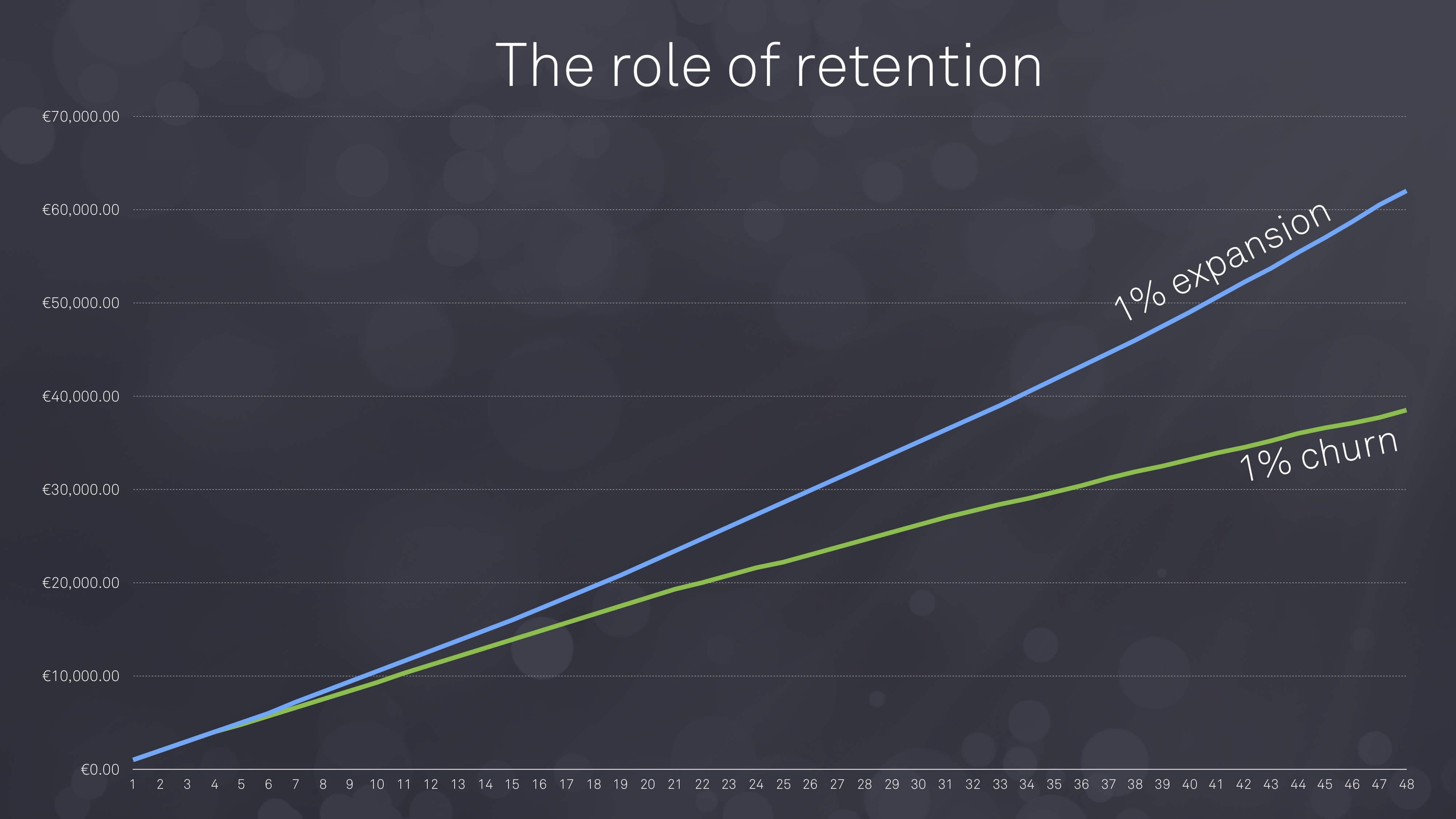
In the graph above, the difference between churn and expansion is an order of magnitude over time. You have a business that expands nicely and will grow entirely off its own momentum. If you have a business that organically shrinks over time, you have to do all this extra work just to keep going, and that difference plays out in all sorts of nasty ways.
Just to give you a visual of how this is typically measured, the graph above shows what we want to see: all cohorts of customers become more valuable over time. And if they do, then what you realize is that if you look at the top bar the net new customers is actually less important than the growth of all existing customers in any given month. That means your business has this beautiful organic momentum. It means literally, you could take your hands off the wheel, and the business still grows.
NDR is measured as a percentage; it’s what percentage of that revenue is still alive. What you want to see is your NDR at least above 100%, but the sweet spot is around 120% to 140%.
In the graph above are some recent companies that have gone public – maybe not so recent in a couple of cases – but you can see they all exhibit this beautiful trait of observing NDR above 100%. When we land a customer, they’re worth so much more in a year’s time than they were worth at the time we landed them.
The reason it matters is because if you’re in, say, marketing, one of the big variables you’re going to care about is your lifetime value (LTV). And you compare your lifetime value with how much money it costs you to win a customer. If your lifetime value is greater than your customer acquisition cost (CAC) you can spend money effectively.
If your LTV is greater than your CAC, it’s okay to spend thousands of dollars on a customer because you know that in the future, they’ll be worth more than those thousands of dollars. But that formula has to be true. If your business shrinks over time, you’re effectively buying a leaky bucket, and it’s not going to work.
High customer retention is built on great product onboarding
So where does this go wrong? And how do I get this up and running? That is where the challenge lies. Typically what we do is this:
- We do all these wonderful marketing activities to get all these people to our home page, and then it all just goes to shit.
- And maybe some of them sign up, and then it goes to shit. Or maybe some sign up and you try to get them set up, then it goes to shit.
- Maybe in a rare case, you’ll get a happy customer, and in that case, your job is to keep that customer happy and keep them in this positive loop, where they keep using more and more of your product.
- Because if you don’t, they’ll become a former customer, or a customer of somebody else’s, and then it’s all gone to shit.
The moral of this little segue is that you have to work very hard to stop it all going to shit. And that is ultimately the customer lifecycle, and that’s what your product team needs to focus on. When somebody expresses intent in using my product, how do I make sure it does not go to shit? How do I make sure that they stick around, and they use more and get more value over time?
“Product onboarding is the key to customer retention”
The key area – and the area that’s most under-invested in for most businesses – is onboarding a customer successfully. Product onboarding is the key to customer retention. Can you actually get customers up and running well? If you can get them in and get them set up properly, it absolutely changes the dynamics of your entire business. We’ve spent many years working on product onboarding at Intercom. I’ll talk to you about some examples that we’ve learned along the way.

The above visual of how we treat customers represents a lot of what we do to our customers. You know the experience of when you go to buy a product, and you get all of the promotional material and magazine adverts? It all looks beautiful, and then you buy the camera, and now, you get all this dull manual. This is the normal experience. The software version of this looks like, “We have this beautiful, simple file management tool. Come and use this.” And you’re like, “Okay, I’ll sign up.” Boom, check out this crap, right?
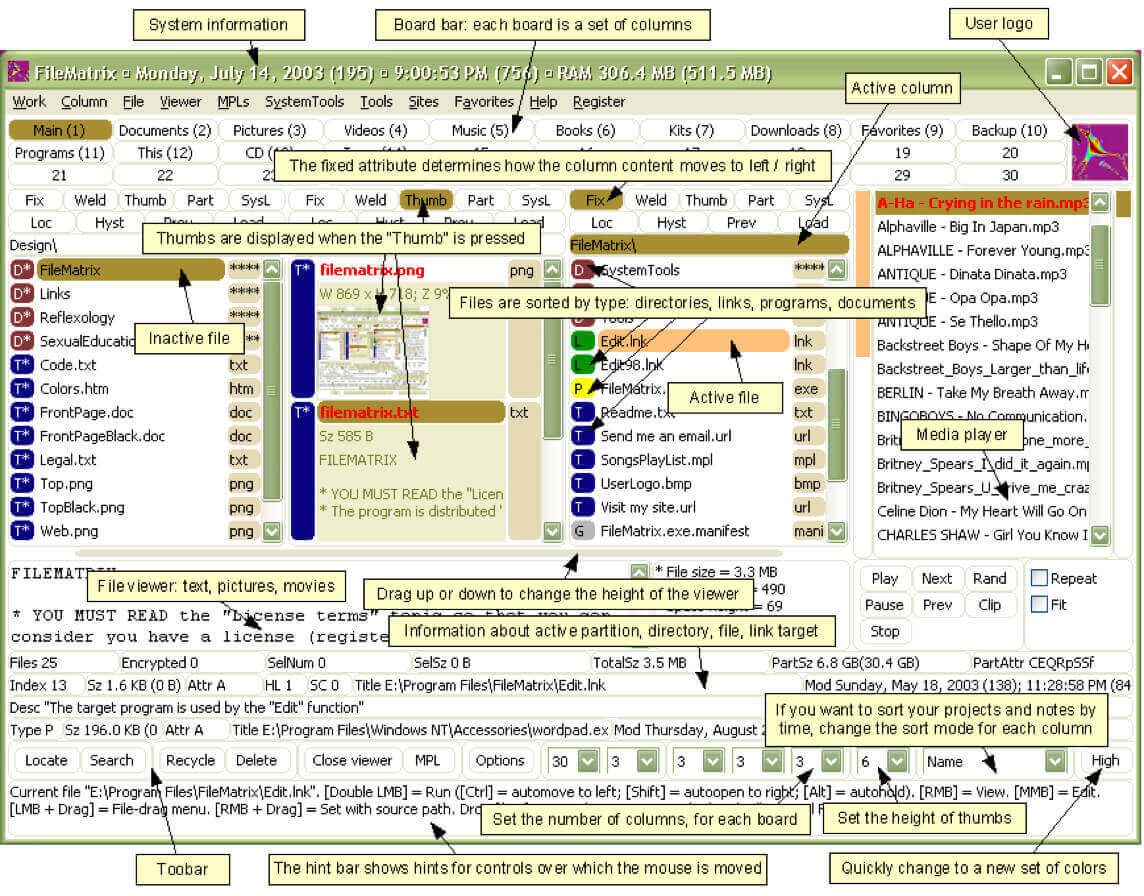
That’s the typical experience that we give our customers. We over-sell. It’s so easy to iterate on beautiful marketing designs and promises, and sell people on something that just fundamentally doesn’t exist. And then you can scratch your head and be like, “Where did it all go wrong?” But it turns out you landed them in it.
Onboarding is the thing everyone needs to think about.
What is onboarding? It’s this sort of middle ground between a customer has decided they want to try your product. They think it’s the right tool for them and are going to commit to using it for years to come. That includes trying it out, potentially picking a plan, buying, configuring and inviting their team; all of that is all necessary to get somebody set up for success in your product.
Examples of good product onboarding
What are the ingredients? Well, how do you build this bridge between your sign-up form and an actual happy customer? The way I think about it is, if you look at some of the best in class businesses out there.
- Slack, for example, have obsessed about onboarding. They make you use every feature: upload a profile photo. That’s how you set up your actual pic. At the same time, they’re teaching you file attachment and how that works. They make you chat with the Slackbot, so you understand how to interact. They make you mention people and join channels, but they obsess over it.
- Apple Music, for example. I recently signed up for it. They really obsess about how do I make sure that Des gets the right music first? And they’ve built this interactive playing ground, where you kind of hit things to either remove or add to your library. But again, their obsession is how do we make sure that Des hears the right music? Because if he doesn’t, he’s going to close it and open Spotify.
- Similarly, Superhuman, which is the hottest new email client in the Valley, their whole thing is keyboard shortcuts and speed is what’s important, and they’ve built this nearly interactive game, where it’s just keep using all of our fancy features as much as you can because we know that when you’ve used them all, you’re going to love this product.
- Coda, another example, is the future of documents in a sense. And they’ve built an interactive walk-through where they won’t let you use their product until you’ve seen it at its best. They really want you to taste the value that they bring. They insist on you demonstrating comprehension, understanding and appreciation of every cool thing that they have. That is so much better than dropping them onto a blank page and saying, “Go for it,” right? But they obsess about this idea that we know if people use our signature features, they will stick around. They will retain, and our business will succeed. If they don’t, we will fail.
“Are you building what you sell? Are you selling what you build?”
And once you fundamentally accept that, it changes how you prioritize onboarding. Onboarding exists in this state between what your marketing team are promising the world, and what your product team are building. The key question here is, are you building what you sell? Are you selling what you build? And most companies don’t actually have somebody who obsesses over this. They kind of sit there scratching their head. It sort of falls between the chasm between product and marketing, but it’s a really, really important area for you to think about.
5 tips to improve your onboarding
Here are some examples of how you can improve your own onboarding.
1. Interview the four types of signups
You want to interview people who:
- Signed up and then vanished. What were they looking for? Are they an actual prospect?
- Signed up, started a trial and converted recently. What went right? What is the thing that tipped them over the edge? When did they know? What did they need to see?
- Signed up, started a trial and cancelled recently. They actually really gave you a good shot, and then said, “Screw it.” What went wrong? What was missing? Would anything have changed their mind?
- Currently on a trial with your product. This where you’ll get the most energy. What open questions do they have? What else are they doing? What were they doing before they came to your product?
In all cases, you’re trying to work out, what is that calculus in your head that makes you decide that this is the right or the wrong product for you, and how can we influence it?
2. Decide which customers you can onboard
Secondly, pick the customers you can onboard. You can’t onboard everyone. Your product will turn into a one size fits none mess. Not everyone is ready to use it. Specifically, people have to need your product, want your product and be capable of using your product.
No two of these is sufficient. You can need and want something but not be able to afford it, like me with a Tesla. Sounds great, but I’m not going to buy one. I’m wasting your time. Similarly you can want something and be capable of using it, but just not really need it. And lastly, most obviously, you can need something and be fundamentally capable of doing it but have no desire for it, and that could be anything like going to the dentist. Most people aren’t like, “Oh, I really want to do it.” They just know that they need to do it and they can do it.
3. Use the four forces: push, pull, allegiance and anxiety
Another piece is to understand the role of the four forces. Most people who are trying to switch to your product are switching from something else. The Rewired Group identified four forces at play. Two of them are on your side, and two work against you:
What works with you is what are they switching away from? What’s shit about their current world? And then what’s attractive about your world? That’s how you get them over to you.
“Maximize what’s working for you, and minimize what’s working against you”
The two forces working against you are what is the anxiety and the uncertainty? Do they not trust you, do they not know your product yet? What is worrying them about making the switch? And lastly, is there anything they actually do like about their own world? So like, is it the fact that they already set up all their configurations and integrations and all that, and are happy?
You can manipulate these four forces with advertising. Specifically you can:
- Increase the push away: Show how bad their existing product really is.
- Increase your product magnetism: Promote how well your product solves their problems.
- Decrease the fear and uncertainty of change: Assure consumers that switching is quick and easy.
- Decrease their attachment to the status quo: Remove consumers irrational attachment to their current situation.
If you can get the forces on top to be greater than the forces on the bottom, a customer will switch to using your product. But it’s worth saying you should be targeting product work against every single one of those forces. Maximize what’s working for you, and minimize what’s working against you.
4. Design specific onboarding for each type of customer
Another piece is just to design specific onboarding for each type of customer.
If your product is in any way complex, you’ll have more than one type of user. And typically what people do is, when you sign up for anything, they just dump everyone into the same onboarding flow, even though they might have wildly different reasons for using your product.
“Make sure that you’re actually tailoring your onboarding based on customer intent”
For example, your customer could be a customer support agent, manage customer support reps or manage managers of customer support reps. All of them might use your product, but they have different things they need to see and value.
So what you need to do is make sure that you’re actually tailoring your onboarding based on customer intent. What is it they’re here for? How can we make sure that we realize that for them? And you do that by having specific messaging, specific onboarding flows, et cetera.
5. Measure the changes you want to see
Measure the change that you want to see. What is it your best customers do? Do they invite all their team immediately, or do they configure your Slack integration immediately? Or is it that they upload 10 files or follow three friends, or whatever it is. But understand what that behavior is, so you can work for it.
“The key idea here is that your marketing team and your product team need to work in parallel”
The key idea here is that your marketing team and your product team need to work in parallel. They need to work together, because if your marketing team runs a new campaign, your product team needs to work with that campaign and realize that promise. Similarly, if your product gets better, your marketing team needs to change the onboarding so that they can see that improvement.
Your onboarding must improve as your product improves
An important think to note here is the balance of optimizing versus redesigning. In general, people tend to get stuck in black holes of tiny optimizations. We’ve turned the sign-up button green, we’ve turned it greener. We’ve turned it red now, and we have made a one percent improvement every step of the way.
Unless you’re a huge multi-billion dollar company, you should default in most cases to redesigning. There’s usually a much bigger, better way to do it, and it doesn’t involve a subtly different shade of green.
The only case for optimization is when you’re actually pretty happy with the performance, and you just think you need to tweak. That’s the only time that makes sense. The rest of the time, it’s usually better to reconsider.
An example of how to make onboarding improvements
Here’s an example of Intercom, and how we changed this from 2011 through to today. In 2011, you had to paste this JavaScript into your product. Don’t worry about what it says; the key idea was you have to insert some code. And we always obsessed about how could we get people to install code.
And by the time 2014 had rocked around, we had optimized it so much that it was the most powerful code install thing we’d seen. And what caught us was, when we were talking to our customers, they all talked to us about, “Hey, I have an Excel sheet full of customers. Can I just give you that instead?” And we realized, maybe they could.
This is what they were saying to us: “I have a CSV of our users.” We went and built the CSV importer because we realized there were people who wanted to use our product but couldn’t, and once we had built that, we were like, “Well, let’s see if that works.” Instead of the definition of onboarding to be “install JavaScript,” what they really want to do is see their users in Intercom.
To get started, we now say, “Do you have a CSV or not?” We thought that would be helpful. We did not realize how helpful. It added literally 50% onto our funnel performance, which was huge. And it was all net new customers.
These weren’t people who were previously doing the CSV thing. They were fundamentally a new type of person. What we’d achieved was, we’d made it possible for people who need and want to use our product, we’d now made them capable, and that was a transformative change for us.
Focus relentlessly on high impact work
The work your onboarding team does can be high impact or low impact. It can either be a lot of work or a little work.

Take a look at the four quadrants above. Most people are good at staying out of the lower right. That’s a lot of work and does nothing. The top left tends to be quick wins, but there’s very few of those. The top right is your strategy.
The hardest thing you’ll ever do is get your team to stay out of the lower left. That work is easy but does nothing. When it does nothing, you say, “But it was easy.” And because it’s easy you say, “Well, we don’t expect it’ll do much.” You have this circular logic where you spin your wheels and you produce nothing. Only focus on high-impact work in onboarding, because there are so few occasions when it makes sense to tweak.
Customer retention is the next frontier
In summary, net dollar retention will be your defining metric. It comes from successful users using your product a lot. Successful users come from great onboarding. Great onboarding must be something you obsess over. And lastly, focus on impact; don’t snack.

